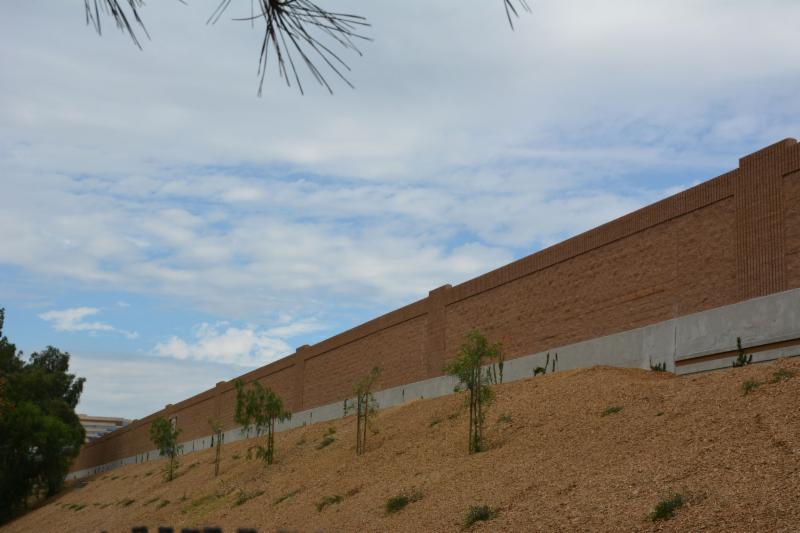Sound Wall Update from Councilmember Krekorian September 15, 2017:
For more than four decades, the neighborhoods of the San Fernando Valley adjacent to the 170 Freeway have been in desperate need of sound walls to minimize interference with their homes and lives.
As soon as I won election to the State Assembly in 2006, I began the fight to secure funding for the sound walls, which became a long and challenging process. In 2009, after many meetings and phone calls with my office, the Los Angeles Metropolitan Transportation Authority (Metro) agreed to dedicate $4.6 million to design and engineer the sound walls. Still, the $90 million required for actual construction proved elusive. After my election to the Los Angeles City Council in 2010, I continued to search high and low for ways to secure the money needed to construct the walls.
As a member of the Metro Board of Directors, I led the charge and got the full Board to approve funding to construct the sound walls in 2015. The Board authorized the use of transportation sales tax funds, which will cover the construction of 30,000 feet of new sound walls along the 170 freeway from Sherman Way to the 101 freeway and on the 405 freeway in the Valley. Between then and now, Metro hit few snags that prevented them from moving forward as quickly as I had hoped, but I believe those have been cleared and they are now moving ahead.
The Latest on the Sound Walls
Metro just finished accepting bids from qualified contractors who are seeking to do the sound wall construction work. A total of five firms submitted bids, which are now being reviewed by Metro’s Diversity and Economic Opportunity Department to determine compliance with the contracting requirements and to score them, so that the best qualified bidder gets the work. When a large public agency, such as Metro, is awarding a contract that uses public funds, they are required to fully vet the bidders and take their bids through fair and legal, multi-step process. Metro’s goal is to review the bids over the next few months and select a winning bidder by the end of 2017. Once that happens, we will have a much clearer idea about the timing of construction and completion.
I’ll be the first to admit that has been a frustrating process at times. My own patience has been tested by the slow pace of progress, and many of you have expressed similar sentiments to me. But, after talking with Metro and reiterating my desire to keep this project on the front burner, I’m confident that Metro is committed to moving ahead as efficiently as possible.
